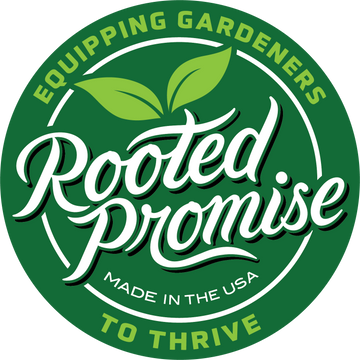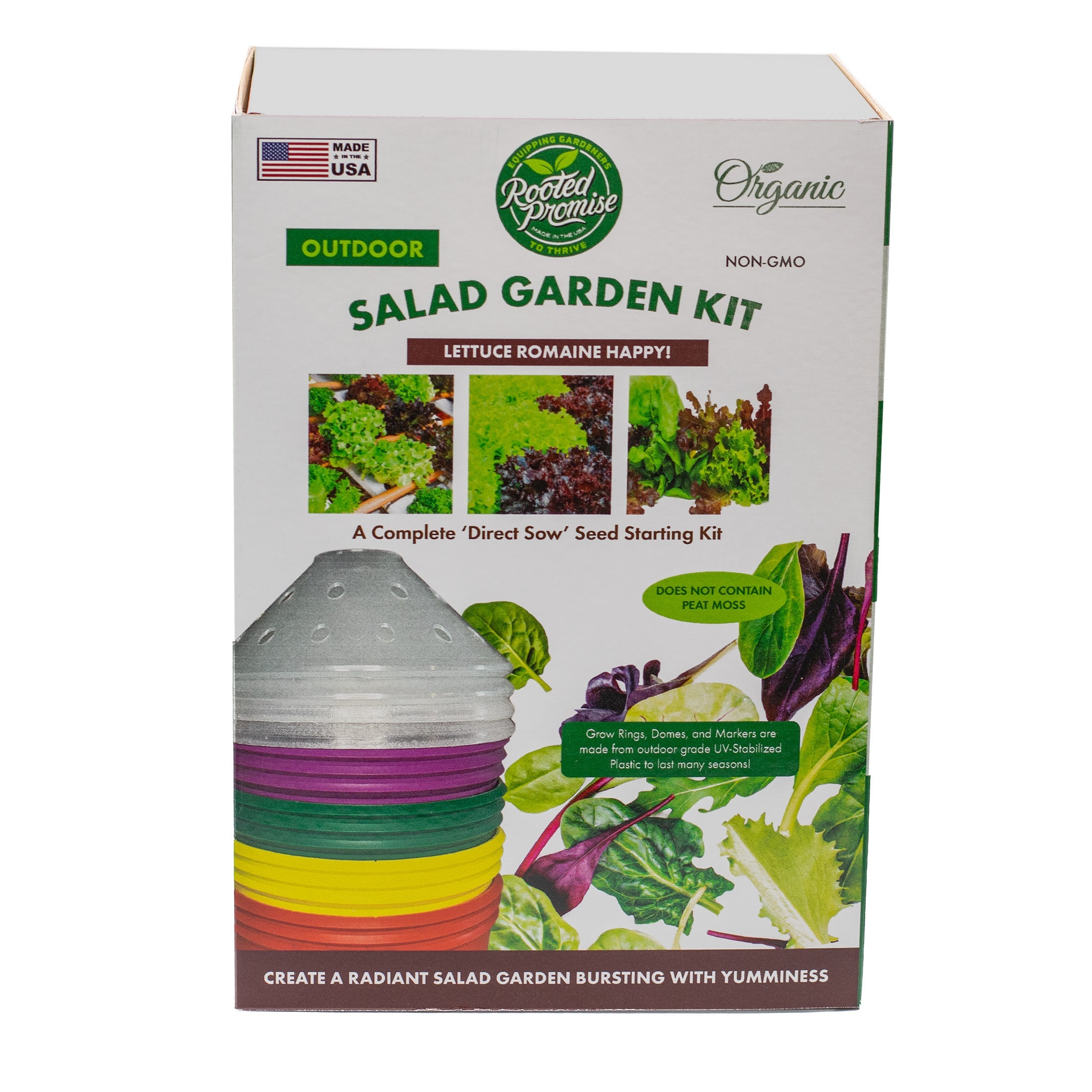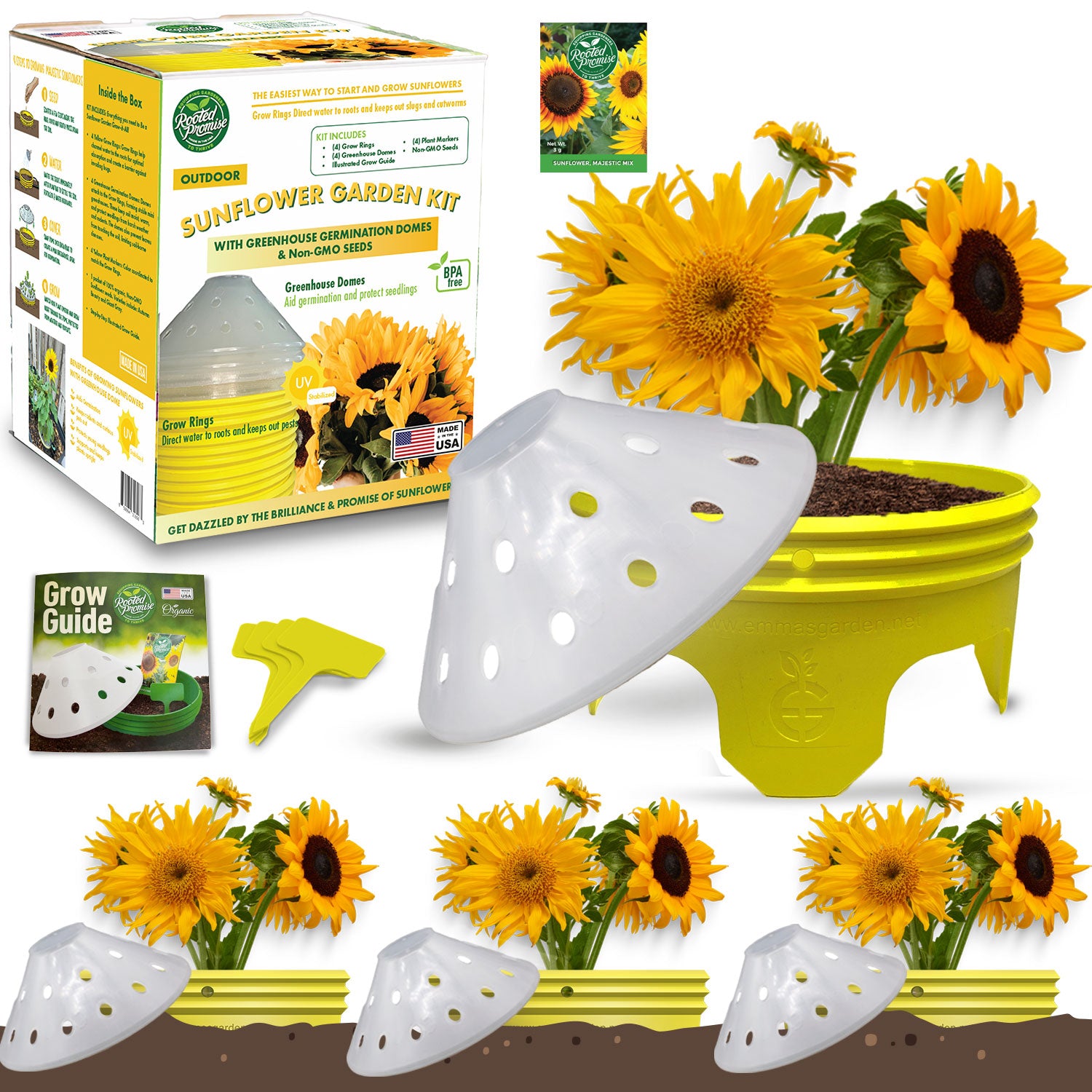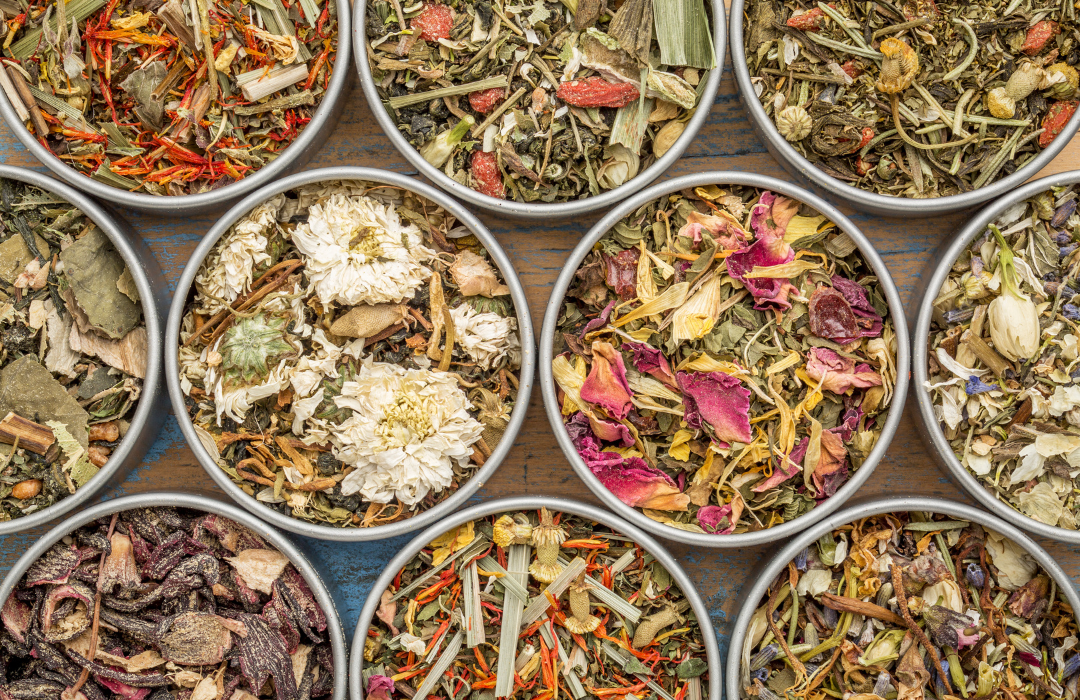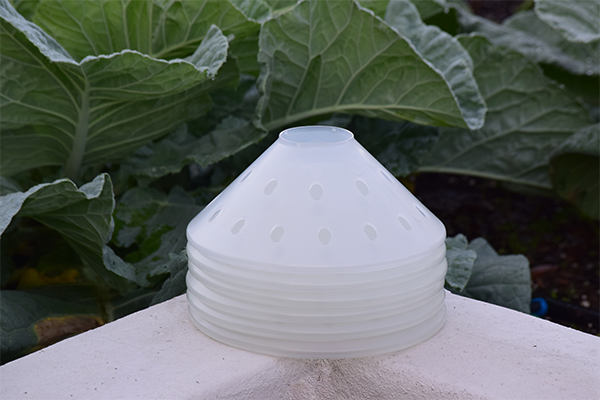Can I make my own tea blends?
Table of Content
-
Introduction
-
What are Tea Blends?
-
Types of tea used in blends
-
Common ingredients for blending
-
-
Benefits of Making Your Own Tea Blends
-
Customization and creativity
-
Health benefits
-
Cost-effectiveness
-
-
Basic Techniques for Blending Tea
-
Choosing your base tea
-
Selecting complementary ingredients
-
Proportions and ratios
-
-
Step-by-Step Guide to Creating Your Own Tea Blends
-
Gathering your materials
-
Measuring and mixing
-
Testing and adjusting flavors
-
Storing your blends
-
-
Popular Tea Blend Recipes to Try
-
Calming chamomile blend
-
Energizing mint blend
-
Detoxifying green blend
-
-
Tips for Experimenting and Perfecting Your Blends
-
Key Takeaways
-
Conclusion
Introduction
Have you ever sipped a cup of tea and thought, "I could make this better"? You're not alone. Many tea enthusiasts are now turning to the art of tea blending to create their own unique flavors. The possibilities are nearly endless especially when you grow many of the herbs, fruits and flowers needed.
By learning a few basic techniques and understanding the properties of different ingredients, you can craft blends that not only delight your palate but also offer a range of health benefits. From boosting your immune system to promoting relaxation, custom tea blends can be both delicious and beneficial.
In this guide, we'll walk you through everything you need to start making your own tea blends. From understanding the types of teas and ingredients commonly used in blends to mastering the techniques for mixing and storing your creations, we've got you covered.
What are Tea Blends?
Tea blends are a harmonious combination of various types of teas and additional ingredients, creating a unique medley of flavors and aromas. Think of it as a symphony, where each element plays its part to create a captivating composition. Unlike single-origin teas, which come from a specific region and offer a singular taste profile, blends introduce a complex and multifaceted experience in every sip.
Types of tea used in blends
The foundation of a great tea blend often starts with the base tea. There are several types of teas commonly used, each bringing its own character to the mix:
-
Black Tea: Known for its robust and full-bodied flavor, black tea serves as an excellent base for chai and breakfast blends. Learn more about its properties on Wikipedia.
-
Green Tea: Often used for its grassy and slightly astringent taste, green tea is perfect for blends aimed at providing health benefits. Discover more about its origins and benefits on the National Institutes of Health (NIH) website.
-
Oolong Tea: A semi-oxidized tea that offers a balance between the flavors of black and green teas. It’s versatile and works well in floral and fruity blends. Check out more details on Wikipedia.
-
Herbal Tea: Technically not a tea, herbal blends often include ingredients like chamomile, peppermint, and hibiscus, providing a caffeine-free option. Learn more on Wikipedia.
Common ingredients for blending
In addition to the base teas, a variety of other ingredients that you can grow in your garden can be added to create a unique blend. These ingredients can range from spices and herbs to fruits and flowers:
-
Spices: Cinnamon, cardamom, and ginger are popular choices for adding warmth and complexity. For more information, visit National Center for Complementary and Integrative Health (NCCIH).
-
Herbs: Mint, lavender, and lemongrass can add freshness and subtlety to your blend. Explore their benefits on the Encyclopædia Britannica.
-
Fruits: Dried fruits like lemon, orange peel, and berries introduce a sweet and tangy flavor profile. Learn about the nutritional benefits of these fruits on the Centers for Disease Control and Prevention (CDC) website.
-
Flowers: Ingredients like rose petals, jasmine, and chamomile add a floral note and are often used for their calming effects. Check out more on Mayo Clinic.
By understanding the characteristics and benefits of these ingredients, you can create homegrown tea blends that are not only delicious but also tailored to your specific needs and preferences.
Benefits of Making Your Own Tea Blends
Creating your own tea blends is more than just a delightful hobby; it comes with a multitude of benefits. From the freedom to customize and unleash your creativity to the significant health advantages and cost-effectiveness, the perks are enticing. Let's explore these benefits in more detail.
Customization and creativity
Making your own tea blends allows you to tailor flavors to your exact liking. Want a tea that soothes and energizes at the same time? You can mix chamomile and mint that you grew in your garden to achieve just that. The creative freedom is unparalleled, opening up a world of possibilities for personalized and unique tea experiences.
Health benefits
The health benefits of custom tea blends are as varied as the ingredients you choose. For instance, combining green tea with spices like turmeric and ginger can create a powerful antioxidant blend that boosts your immune system. Herbal ingredients like chamomile and lavender are well-known for their calming effects, perfect for reducing stress. By carefully selecting ingredients with specific health benefits, you can create tea blends that not only taste good but also promote well-being.
Cost-effectiveness
Buying pre-made specialty teas can burn a hole in your pocket. However, when you make your own blends, you can use what you've already grown in your garden or purchase ingredients in bulk, significantly reducing costs. Plus, having control over the proportions means you can make your favorite blends stretch further. It's a win-win situation: saving money while still enjoying high-quality, customized tea.
Basic Techniques for Blending Tea
Blending tea is a delicate art that requires a balance of knowledge, intuition, and experimentation. By following these basic guidelines, you'll be well on your way to creating delicious and personalized tea blends.
Choosing your base tea
The first step in creating a tea blend is selecting a suitable base tea. Your base will serve as the foundation upon which all other flavors are built. Consider what you want your blend to achieve:
-
If you desire a strong, bold flavor, black tea may be your go-to choice.
-
For a more delicate, earthy profile, green tea is an excellent option.
-
If you prefer a middle ground, oolong tea offers a harmonious balance.
-
Looking for a caffeine-free alternative? Herbal teas like chamomile or peppermint are ideal.
Selecting complementary ingredients
Once you've chosen your base tea, it's time to select complementary ingredients. Think of these add-ins as the embellishments that will enhance and elevate your blend:
-
Spices: Adding spices like cinnamon or cardamom can introduce warmth and complexity. For more insight into their health benefits, visit the National Center for Complementary and Integrative Health (NCCIH).
-
Herbs: Freshen up your blend with homegrown herbs such as mint or lemongrass. Explore their properties on the Encyclopædia Britannica.
-
Fruits: Dried fruits like orange peel or berries add a sweet and tangy twist. Learn about their nutritional benefits on the Centers for Disease Control and Prevention (CDC) website.
Flowers: Adding rose petals or jasmine from your garden can infuse your blend with a floral note. Check out more information on these ingredients at the Mayo Clinic website.
Proportions and ratios
The final step in your blending process is mastering the proportions and ratios of your ingredients. This is where your intuition and experimentation come into play. Start with small batches, adjusting the amounts until you find a balanced flavor profile:
-
Typically, the base tea will make up about 60-70% of the blend.
-
Complementary ingredients should be added in smaller quantities, around 10-20% each, depending on their potency.
By following these basic techniques, you’re well on your way to becoming a tea blend artisan.
Step-by-Step Guide to Creating Your Own Tea Blends
The journey to crafting your own tea blends is an exciting one, filled with experimentation and discovery. Follow this step-by-step guide to create your own unique and flavorful tea blends at home.
Gathering your materials
Before you start blending, ensure you have all the necessary materials. This includes your base teas, complementary ingredients, a digital scale for accurate measurements, and airtight containers for storage. Consider sourcing high-quality ingredients to ensure the best flavor and health benefits. You can find reputable sources for bulk ingredients at the United States Department of Agriculture (USDA) website.
Measuring and mixing
Precision is key when it comes to blending tea. Use a digital scale to measure out your base tea and complementary ingredients according to the proportions and ratios discussed earlier. Mix the ingredients thoroughly to ensure even distribution of flavors. This process is akin to a symphony, where each component must harmonize to create a perfect blend. For more tips on precise measurements, you can refer to guidelines provided by the U.S. Food and Drug Administration (FDA).
Testing and adjusting flavors
The magic of tea blending lies in the tasting. Brew a small sample of your blend and take note of the flavors. Is it too strong? Too subtle? Adjust the proportions accordingly until you achieve a balanced and satisfying taste. This iterative process is similar to fine-tuning a recipe, requiring patience and a keen sense of taste. For additional guidance on flavor profiling, you may find resources on the National Geographic website helpful.
Storing your blends
Once you've perfected your blend, store it in an airtight container to preserve its freshness and flavor. Keep your blends in a cool, dark place to extend their shelf life. Proper storage is crucial to maintain the quality of your tea, much like storing fine wine. For more tips on proper storage techniques, visit the Food Safety and Inspection Service (FSIS) website.
With these steps, you're ready to embark on your tea blending adventure.
Popular Tea Blend Recipes to Try
Ready to dive into the world of tea blending but not sure where to start? Here are some delightful and popular tea blend recipes to inspire your creativity. These blends are designed to cater to various moods and needs, from calming your senses to boosting your energy levels.
Calming chamomile blend
This recipe combines the soothing properties of chamomile with a hint of lavender and a touch of peppermint, creating a perfect night-time tea.
-
Ingredients:
-
1 part chamomile
-
½ part lavender
-
½ part peppermint
-
-
Instructions: Mix the ingredients thoroughly and store in an airtight container. Brew a teaspoon of the blend in hot water for 5-7 minutes. Enjoy a cup of tranquility.
Learn more about the calming effects of chamomile from the Mayo Clinic.
Energizing mint blend
Need a pick-me-up? The energizing mint blend is your go-to choice and perfect when grown in your herb garden. Combining the refreshing taste of peppermint with the robust flavor of black tea, this blend is perfect for a mid-day boost.
-
Ingredients:
-
1 part black tea
-
1 part peppermint
-
½ part lemongrass
-
-
Instructions: Mix the ingredients and store in an airtight container. Brew a teaspoon of the blend in hot water for 3-5 minutes. Feel the invigorating energy with each sip.
For more information on the benefits of peppermint, visit the National Center for Complementary and Integrative Health (NCCIH).
Detoxifying green blend
Looking to cleanse and rejuvenate your body? The detoxifying green blend combines the antioxidant properties of green tea with the detoxifying benefits of ginger and lemongrass. It's a refreshing and healthful option.
-
Ingredients:
-
1 part green tea
-
½ part ginger root
-
½ part lemongrass
-
-
Instructions: Mix the ingredients and store in an airtight container. Brew a teaspoon of the blend in hot water for 3-4 minutes. Enjoy the clean, refreshing taste.
Discover the health benefits of green tea on the National Institutes of Health (NIH) website.
These recipes are just a starting point. Feel free to experiment with different ingredients and proportions to create your own signature blends.
Tips for Experimenting and Perfecting Your Blends
Embarking on your tea blending journey is akin to setting sail on an endless sea of flavors, aromas, and textures. The beauty of this art lies in experimentation and the joy of discovering your perfect blend. Here are some tips to help you refine and perfect your tea creations:
Start Simple
When you're just beginning, it's wise to start with simple blends. Begin with a good base tea, like black tea or green tea, and add one or two complementary ingredients. This will help you understand how each component influences the overall flavor.
Keep a Blending Journal
Keeping track of your experiments is crucial. Document the ingredients, proportions, and your tasting notes for each blend. Over time, this journal will become an invaluable resource, guiding you towards your ultimate tea masterpiece.
Experiment with Ratios
Don't be afraid to play with the proportions of your ingredients. A slight increase in spices or a reduction in herbs can dramatically alter the flavor profile. Remember, the perfect blend often comes from a series of small adjustments and taste tests.
Consider Seasonal Ingredients
Seasonality can add a dynamic twist to your blends. In winter, opt for warming spices like cinnamon and ginger. Come summer, lighter, refreshing ingredients like mint and citrus peels can make your blends more vibrant. For more ideas on seasonal ingredients, check out resources on the United States Department of Agriculture (USDA) website.
Seek Feedback
Share your blends with friends and family to get a variety of opinions. Feedback can provide new insights and help you fine-tune your creations. You might even discover surprising flavor combinations that you hadn't considered before.
Don’t Rush the Process
Great tea blends take time to perfect. Allow your blends to sit for a few days in an airtight container before tasting them. This resting period lets the flavors meld together, often resulting in a more balanced and harmonious blend.
By following these tips, you'll not only enhance your skills but also deepen your appreciation for the art of tea blending. Ready to take the plunge and create your own unique blends? Dive in with confidence and let your taste buds lead the way!
Key Takeaways
Creating your own tea blends is not only a rewarding hobby but also offers numerous benefits, from customization and creativity to health advantages and cost savings. Here are the key points to remember as you embark on your tea blending journey:
-
Understanding Tea Blends: Tea blends are a combination of various types of teas and additional ingredients, offering a complex and multifaceted taste experience. Learn more about tea types on Wikipedia.
-
Health Benefits: Custom tea blends can be tailored for specific health benefits, such as boosting immunity or promoting relaxation. For more information on the health benefits of tea, visit the National Institutes of Health (NIH).
-
Basic Techniques: Start with a suitable base tea and add complementary ingredients like spices, herbs, fruits, and flowers. Adjust proportions and ratios to achieve the desired flavor profile. Check out blending tips on the United States Department of Agriculture (USDA) website.
-
Step-by-Step Guide: Gather your materials, measure and mix your ingredients accurately, test and adjust flavors, and store your blends properly. For guidelines on precise measurements, refer to the U.S. Food and Drug Administration (FDA).
-
Popular Recipes: Try popular blends like the calming chamomile blend, energizing mint blend, and detoxifying green blend. Experiment with different ingredients to create your own signature blends. Discover more recipes on the National Center for Complementary and Integrative Health (NCCIH) website.
-
Experimentation Tips: Start simple, keep a blending journal, experiment with ratios, consider seasonal ingredients, seek feedback, and don’t rush the process. For more ideas, explore resources on the USDA website.
By following these guidelines and tips, you'll be well-equipped to create tea blends that are not only delicious but also tailored to your specific tastes and needs. Ready to take the plunge and start blending? Your flavorful adventure awaits!
Conclusion
As we bring our tea blending journey to a close, it's clear that the art of creating your own tea blends is both a science and a form of self-expression. From selecting the right base tea to experimenting with complementary ingredients, the possibilities are as endless as your imagination.
By now, you should have a solid understanding of the basic techniques for blending tea, including the importance of proportions and the benefits of using high-quality ingredients. You've also learned about the rich tapestry of flavors and aromas that can be achieved by combining different types of teas with spices, herbs, fruits, and flowers.
Remember, the key to mastering tea blending lies in experimentation and patience. Don't be afraid to try new combinations and adjust your recipes until you find the perfect balance. Keep a blending journal to document your experiments and seek feedback from friends and family to refine your creations.
For further reading and resources, consider exploring reputable sources such as the National Institutes of Health (NIH) for information on the health benefits of various tea ingredients, or the U.S. Food and Drug Administration (FDA) for guidelines on safe blending practices.
In the end, the beauty of making your own tea blends lies in the joy of discovery and the satisfaction of creating something uniquely yours. So, what are you waiting for? Make it even more exciting by growing some of your favorite herbs, fruits, or flowers for your new hobby. Gather your ingredients, brew your first blend, and embark on your flavorful adventure. Your perfect cup of tea is just a blend away!
